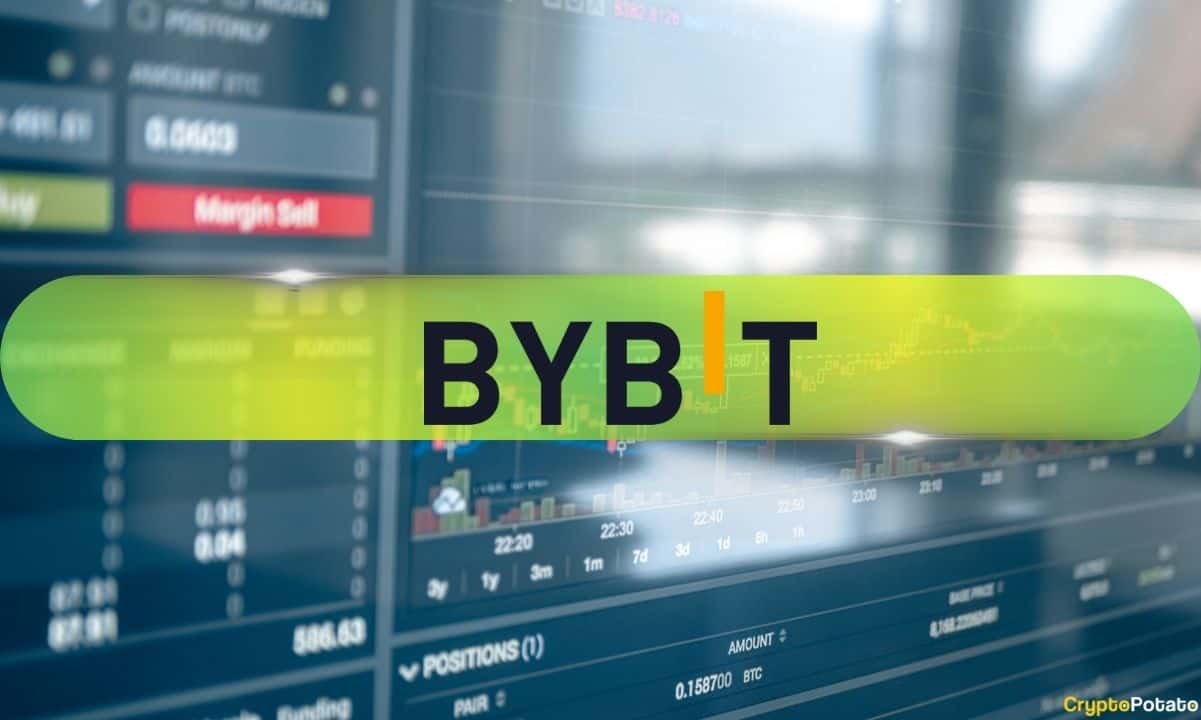These Are the Most Shocking Findings From FTX’s Bankruptcy Filing
In the wake of crypto exchange FTX’s collapse, which triggered a severe contagion across the industry, many shocking discoveries have been made about the company’s governance and management system.
A detailed examination of the firm’s bankruptcy filing has shown that “FTX was a slush fund masquerading as a real business,” according to FOX reporter Genevieve Roch-Decter.
FTX Approved Expenses with Emojis
A part of the 30-page-long filing revealed that FTX Group did not have an appropriate disbursement control system. Employees submitted expense requests through online chats while supervisors and managers approved them with personalized emojis.
Most decisions were made via chats, and FTX founder and former CEO Sam Bankman-Fried (SBF) reportedly encouraged employees to use apps that automatically deleted the messages after a while. Hence, the absence of lasting records of decision-making.
FTX did not have a cash management system; hence, the firm did not know the amount of cash at hand at any given time. The lack of a centralized cash control system meant the firm had no accurate list of its bank accounts and account signatories. Also, the exchange did not pay attention to the creditworthiness of its banking partners.
FTX Did Not Properly Record Users’ Deposits
In addition, crypto assets deposited by customers were not recorded on the balance sheet, and at bankruptcy, the balance of such assets was not presented.
FTX Group companies stored private keys to customer assets in an unsecured group email account. The firm also used “software to conceal the misuse of customer funds.”
A deeper analysis revealed that the company’s digital assets were controlled by SBF and co-founder Gary Wang.
FTX Had No Board Meetings
Most entities in the FTX Group, particularly those in Antigua and the Bahamas, had inappropriate governance structures. Notably, most never had any board meetings.
The bankrupt empire also had no proper record of its employees. Both employees and contractors had no clear records of work duration and responsibility. Attempts to compile a list of all employees have failed because many of them could not be located.
FTX Executives Lavished Users’ Funds
Interestingly, the company’s corporate funds were used to acquire homes and personal properties for some top employees without proper documentation. The properties were also purchased under the names of the employees.
Related party loans at sister firm Alameda Research comprised loans of $1 billion, $543 million, and $55 million to SBF, FTX’s top executive Nishad Singh, and co-CEO Ryan Salame, respectively.
An earlier report also claimed that SBF withdrew $300 million from the $420 million FTX raised in October 2021 during the bull market.
The post These Are the Most Shocking Findings From FTX’s Bankruptcy Filing appeared first on CryptoPotato.









